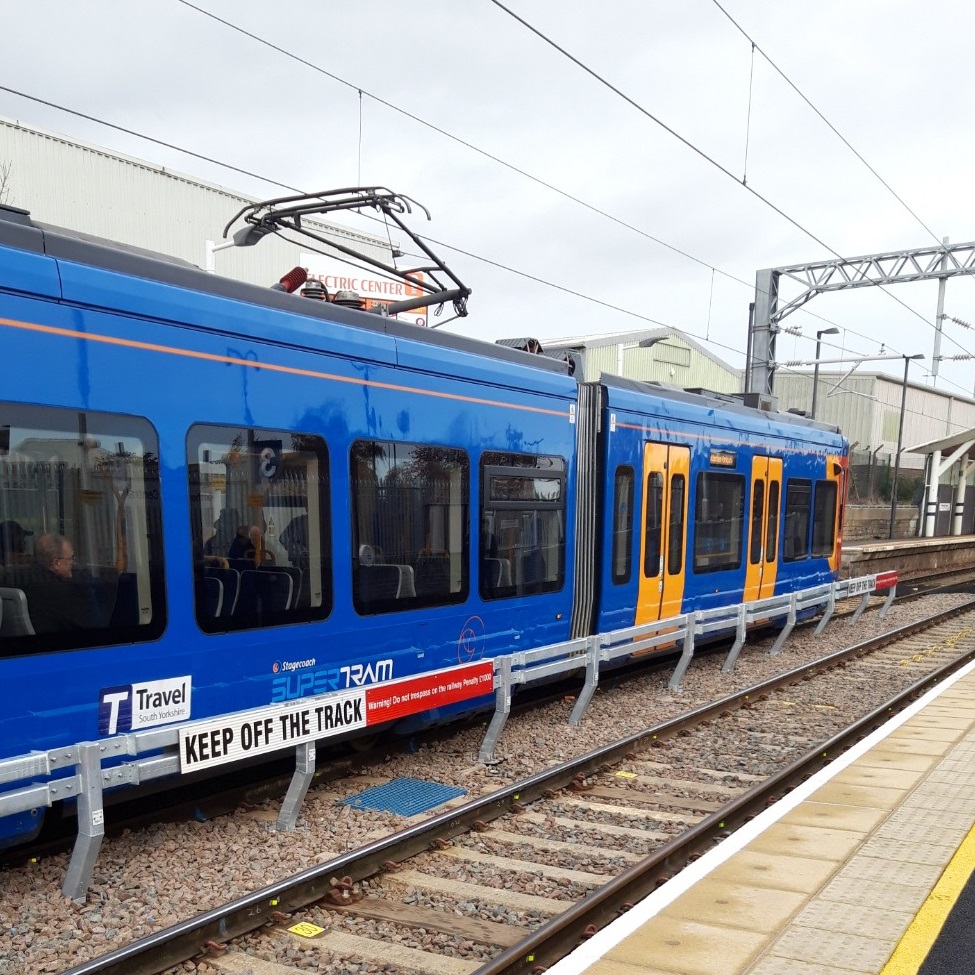
Tram Trains offer an opportunity to operate a service on a conventional tramway or light rail network, and on a conventional mainline rail route using the same vehicle. The use of these vehicle types allows what would otherwise be a train service running into or terminating at a main line station, to run into town and city centres. This seamless service improves penetration urban areas by public transport and can relieve platform capacity at mainline stations.
There are some key factors when considering using tram-train vehicles which include whether single or multiple power supply types are required, and the need to interface with differing signalling and communication systems. The characteristics of the mainline route, e.g. line speed, on which the tram-train will operate need to be considered.
The floor height of the tram-train vehicle and thus the platform heights along its route need to be considered carefully. The tramway/light rail and mainline railway systems may have differing floor/platform heights. This can be addressed either through vehicle design (vehicle sections with differing floor heights) or infrastructure design (platform height adjustments). With a suitable safety case low platforms are a potential solution at mainline stations.
As tram-train vehicles operate on the mainline railway there is a need to comply with relevant standards and processes for the authorisation of new vehicles. This may require deviations from some mainline standards. The industry is working on a set of standards that will cover tram-train operation. Tram-trains are also subject to the same highway principles as trams when operating in streets.